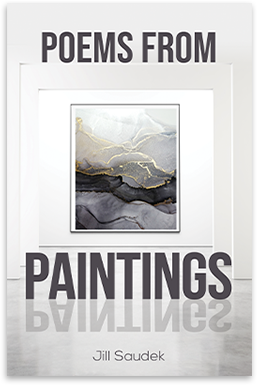
Death in paintings and poems
And so to the last of my examples for this blog about my poems from paintings, where the warm, vibrant hand of the artist confronts death.
In Frans Hals’ Portrait of a Young Man with a Skull the
“jaunty, tactile, flippant” feather in the young man’s cap reveals his vanity,
complacency and ignorance:
“With open lips and eager, impatient smile
He hardly hears the grinning skull
Mumbling through broken teeth, memento mori –
His strong left hand strangles its feeble breath,
He will not hear; in his youthful glory,
He snatches life, heedless of death.”
Schiele’s Sunflower 1917 is surely painted in ironic contrast
to Van Gogh’s glorious blaze of light. Written in the midst of devastation, it
offers no hope – apart, of course, from the beauty and truth of the painting
itself. Sunflowers, as Blake reminded us, were meant to follow the steps of the
sun, “Seeking after that sweet, golden clime, where the traveller’s journey is
done…” But here:
“The flower turns its head in vain,
Its single eye is blind,
So how can it now follow
The shimmering beams again,
When winter’s lowering shadow
Mocks the futile struggle…?”
However, for Schwabe’s gravedigger, the moment of death is visionary,
transcendent, as “The Angel of Death” finally comes for him:
“Dressed in a green that is not of this earth,
Deeper than the snowdrop shoots which spring
And shake their heads for joy of their rebirth,
She shelters him in her encircling wing,
Breaks through the branches that hold him beneath,
Frees him from the circle of life and death.”
My final example is from perhaps the greatest artist of all, Leonardo Da Vinci. His Self-Portrait in Red Chalk 1510 overflows with life, even while contemplating imminent death, as he “acknowledges the coming night.”
“For he had studied movement all his life…
Such joy in motion will, he knows,
Defy the darkening of the day.”
Post Views : 516